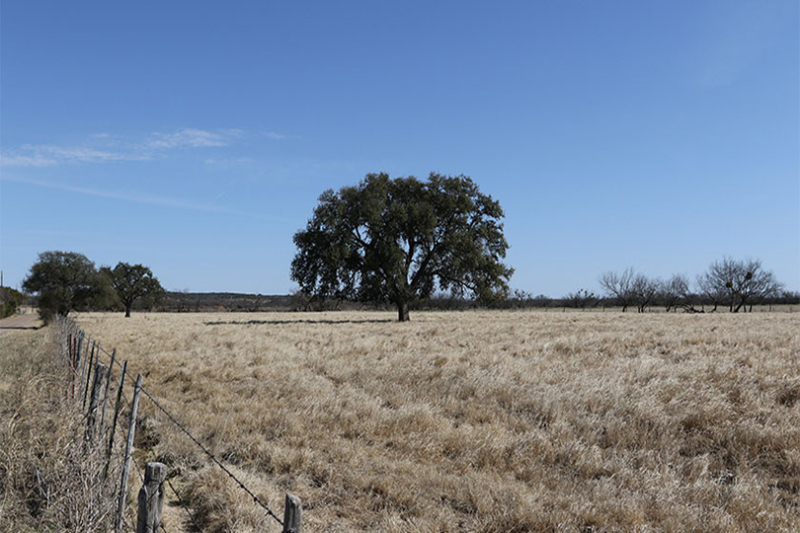By Shelby Shank
Field Editor
The Oral Rabies Vaccination Program (ORVP) by the Texas Department of State Health Services in South Texas marks 30 years this month.
The program has successfully controlled and prevented domestic dog/coyote variant rabies and gray fox variant rabies infections, safeguarding wildlife, livestock and humans.
“Our goal is to vaccinate coyotes and gray foxes along the border to maintain herd immunity against rabies and keep new or previously eliminated rabies variants from becoming established in Texas,” Kathy Parker, ORVP project director, said. “We will be distributing vaccine baits over 18 border counties this year.”
This year’s ORVP is expected to span two weeks, involving multiple flights launching from Del Rio and Alpine. Deployed aircraft will consist of four planes and one helicopter, dropping the bait at 500 and 1,000 feet above the ground. Eight to 16 flights are likely to occur each day with vaccine baits dropping along half mile intervals, totaling over 820,000 baits at 64-70 baits per square mile.
The vaccine baits resemble fast-food ketchup packets, wrapped in plastic and dipped in fish oil. The baits are coated with fish-meal crumble, proving to be effective in attracting targeted wildlife. The vaccine has been proven safe when given to more than 60 species of mammals and birds.
The program, which costs about $2 million, is funded by the State of Texas and the U.S. Department of Agriculture. The investment in the program has proven effective over the last three decades.
Prior to the ORVP, there had been human deaths in Texas due to canine rabies. Many people in the epizootic area had to receive postexposure rabies treatment.
In 1995, the first ORVP bait drop took place in South Texas to control an outbreak caused by a domestic dog/coyote variant of rabies. The number of animal rabies cases from this variant dropped from 122 cases in 1994 to zero cases by 2000.
Similarly, the first vaccine airdrop occurred in West-Central Texas in 1996 targeting the Texas fox (gray fox) rabies virus variant. The number of animal cases caused by this variant decreased from 244 cases in 1995 to zero cases by 2009.
When a cow was identified with the gray fox rabies variant in 2013, the ORVP contingency response included vaccine baits in the 2,500 square-mile area around the case in 2013, 2014 and 2015. Rabies cases attributed to the gray fox variant have not been detected in Texas since then.
The Oral Rabies Vaccination Program has achieved its ultimate goal of preventing human cases of rabies linked to the targeted rabies variants, officials said.


Great program! Impressive. I hope we see a similar story for a program to rid these same animals of Ticks and fleas.